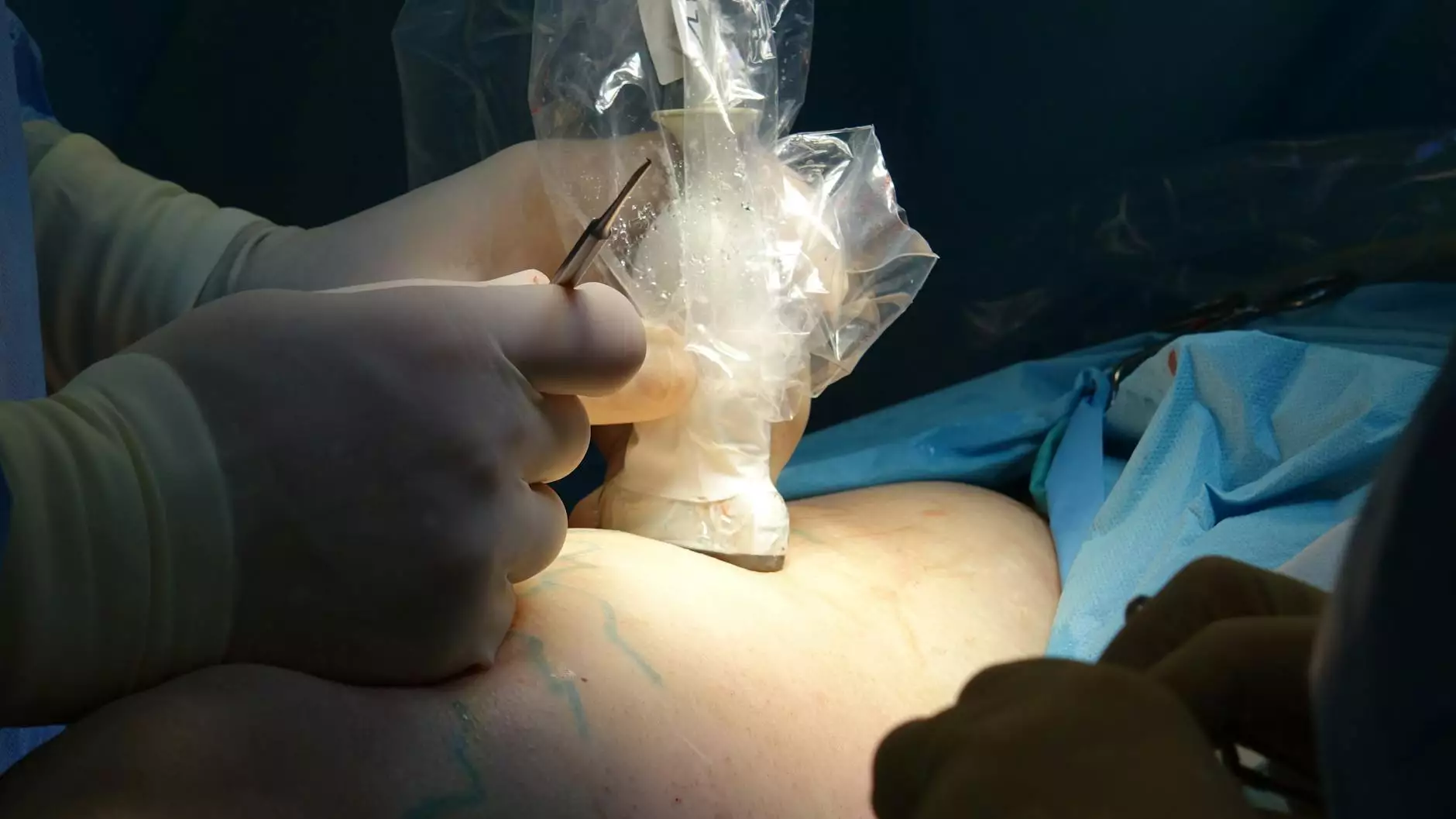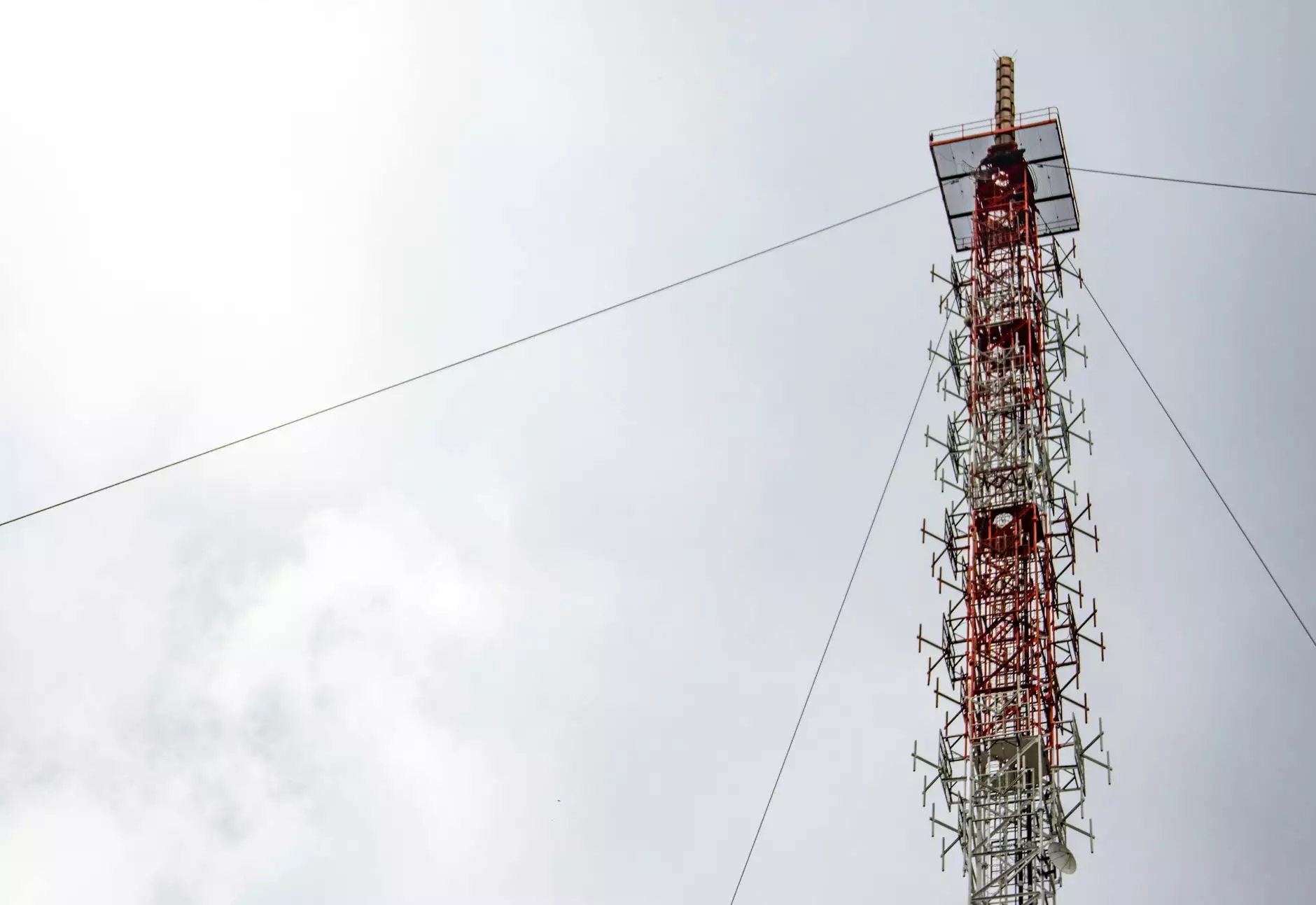Lung Nodule Removal: Comprehensive Guide to a Successful Procedure

Lung nodules are small masses of tissue that can form in one or both lungs. While many lung nodules are benign, others may indicate the presence of lung cancer or other serious conditions. For individuals with suspicious nodules, lung nodule removal is often recommended as a diagnostic and therapeutic intervention. In this informative article, we will delve into the intricacies of lung nodule removal, exploring its indications, procedures, benefits, risks, and recovery process.
The Significance of Lung Nodules
Lung nodules can arise from various causes, including:
- Infections: Tuberculosis or fungal infections may lead to the formation of nodules.
- Inflammation: Conditions such as sarcoidosis or rheumatoid arthritis can cause nodular formations.
- Cancer: Malignant lung nodules may indicate primary lung cancer or metastasis from other cancers.
Understanding the nature of the nodule is crucial for determining whether lung nodule removal is necessary. Regular monitoring through imaging tests such as CT scans may be indicated for benign nodules, while surgery may be warranted for those that are cancerous or suspected to be malignant.
Indications for Lung Nodule Removal
There are several reasons medical professionals recommend lung nodule removal, including:
- Suspicion of Cancer: If imaging tests suggest malignancy, prompt removal of the nodule is crucial to prevent cancer progression.
- Uncertainty About a Nodule’s Nature: If a nodule exhibits characteristics that are indeterminate on imaging studies, a biopsy through surgical removal may provide definitive answers.
- Persistent Symptoms: Patients with symptoms related to the lung nodules, such as cough, chest pain, or shortness of breath, may benefit from surgical evaluation and removal.
Understanding the Surgical Procedure
The process of lung nodule removal typically involves a surgical procedure known as a thoracotomy or video-assisted thoracoscopic surgery (VATS). Here is an overview of each method:
1. Thoracotomy
A thoracotomy is an open-chest surgery where a large incision is made in the chest wall to access the lungs. This approach allows for direct visualization and removal of the nodule. While effective, it may result in a longer recovery time due to the invasive nature of the procedure.
2. Video-Assisted Thoracoscopic Surgery (VATS)
VATS is a minimally invasive technique that uses small incisions and a camera to guide the surgeon in the removal of the lung nodule. The benefits of VATS include:
- Reduced Pain: Smaller incisions typically lead to less postoperative pain.
- Shorter Hospital Stay: Patients usually recover faster and may go home the same day or the following day.
- Faster Recovery: Many patients resume normal activities sooner compared to traditional thoracotomy.
Preparing for Lung Nodule Removal
Preparation for surgery is essential to ensure a successful outcome. Here are important steps to take:
- Consultation: Meet with your surgeon to discuss the procedure, its risks, and what to expect. This is the time to ask questions and express any concerns.
- Preoperative Tests: Additional tests such as blood tests, imaging studies, and pulmonary function tests may be performed to assess your overall health and readiness for surgery.
- Medication Review: Inform your doctor of all medications you are taking, including over-the-counter drugs and supplements, as certain medications may need to be temporarily stopped.
- Pre-Surgery Instructions: Follow any specific instructions given by your healthcare team, which may include dietary restrictions and arrangements for post-operative care.
The Day of Surgery
On the day of lung nodule removal, you will typically follow this procedure:
- Arrival: Arrive at the hospital or surgical center at the scheduled time.
- Anesthesia: You will be given anesthesia to ensure you are comfortable during the procedure.
- Monitoring: Your vital signs will be closely monitored throughout the surgery.
Postoperative Care and Recovery
Following lung nodule removal, your recovery will depend on various factors, including the surgical approach used and your overall health. Consider these aspects of postoperative care:
1. Hospital Stay
Patients who undergo VATS may have a shorter hospital stay compared to those who undergo traditional thoracotomy. Your healthcare team will monitor you for any complications such as bleeding or infection.
2. Pain Management
It is normal to experience pain at the surgical site. Your doctor will prescribe pain relief medications to help manage discomfort. Adhering to the prescribed pain management plan is crucial for recovery.
3. Activity Restrictions
For several weeks post-surgery, you may need to avoid strenuous activities, heavy lifting, and high-impact exercises. Gradually introducing light activities, as guided by your healthcare provider, is important.
4. Follow-Up Appointments
Attending all follow-up appointments is essential for monitoring your recovery and assessing the results of the removed nodule. Your healthcare provider may recommend imaging studies to ensure no further treatment is required.
Understanding the Risks
While lung nodule removal is generally safe, there are potential risks involved, including:
- Infection: As with any surgery, there is a risk of infection at the surgical site.
- Bleeding: Excessive bleeding may occur during or after the procedure.
- Pneumothorax: This is a condition where air leaks into the space between the lung and chest wall, potentially causing the lung to collapse.
Long-Term Considerations
After lung nodule removal, the long-term outlook depends on various factors including the nature of the removed nodule. In cases where the nodule is confirmed benign, regular follow-up and monitoring may suffice. Conversely, if cancerous cells were detected, further treatment such as chemotherapy or radiation may be necessary.
Why Choose Neumark Surgery?
When facing a diagnosis of lung nodules, selecting the right medical team is crucial. At Neumark Surgery, our dedicated team of experts specializes in lung nodule evaluation and removal. Here’s why you can trust us with your care:
- Experienced Surgeons: Our surgeons have extensive experience in managing lung nodules and are skilled in both traditional and minimally invasive surgical techniques.
- Personalized Care: We prioritize individualized treatment plans based on your specific medical needs and concerns.
- Comprehensive Support: From initial consultation through recovery, our staff is here to support you every step of the way.
Conclusion
Lung nodule removal is a vital procedure for diagnosing and treating lung conditions. With advancements in surgical techniques, many patients experience faster recovery times and improved outcomes. If you or someone you know is facing the possibility of lung nodule removal, understanding the procedure and its implications is crucial. Seek expert care from reputable institutions like Neumark Surgery to ensure the best possible outcome.
For more information on lung nodule removal, contact Neumark Surgery today and schedule a consultation. Your health is our priority, and we are here to help guide you through your treatment journey.









